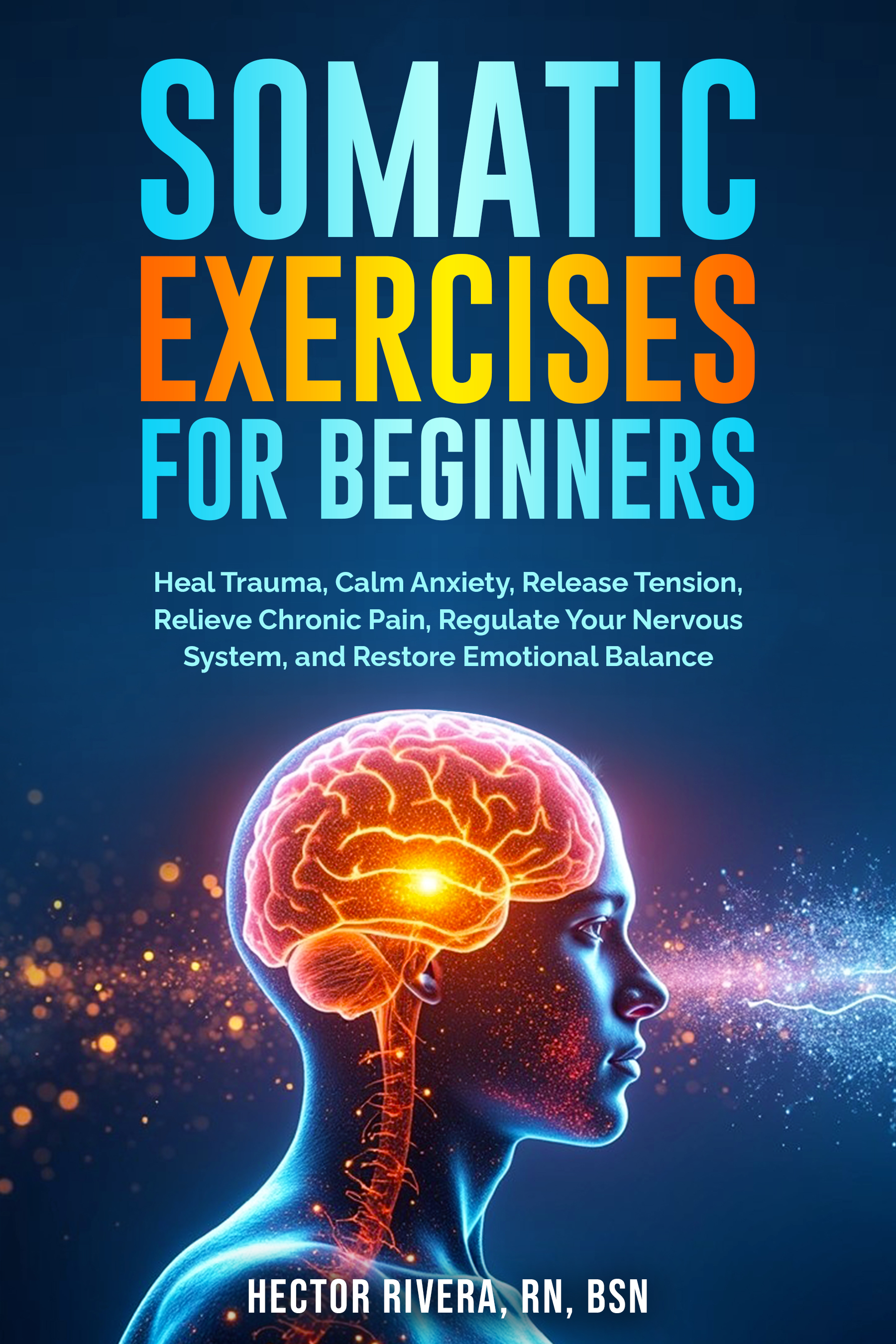Somatic Breathing Exercises

Somatic Breathing Exercises for Stress Relief and Emotional Balance
Breath is one of the most straightforward yet powerful tools we have for settling the body and mind. Most of us move through the day without noticing how shallow or tight our breathing becomes, especially under stress. Somatic Breathing Exercises invite us to reconnect with the rhythm of our breath in a way that builds awareness, safety, and release. The focus isn’t on performing perfect techniques but on noticing what’s happening inside and letting the breath guide us toward calm and balance.
Why Breath Matters in Healing
When stress takes hold, our breathing pattern often shifts without our awareness. Shoulders may tighten, the chest may rise with quick, shallow inhales, and the body prepares to push through rather than pause. Over time, this can keep the nervous system locked in a cycle of tension and alertness. By slowing down and paying attention, we can signal to our body that it is safe to relax and soften. Breathing with awareness is one of the quickest ways to influence how we feel, as it directly connects with the nervous system.
Somatic approaches to breath go beyond techniques. They encourage curiosity about the sensations that arise with each inhale and exhale. Instead of forcing or correcting, the goal is to listen and respond. This mindset helps create a more sustainable relationship with breath—one that supports emotional steadiness, physical ease, and presence in daily life.
Getting Started Gently
The first step is not to change anything but to notice. Sit comfortably or lie down. Place a hand on your chest or belly and pay attention to how the breath moves. Is it fast or slow? Does it feel deep or shallow? This observation alone begins to shift the body out of autopilot and into awareness. From there, you can start exploring minor adjustments.
One of the easiest entry points is simply extending the exhale. Inhale gently through your nose for three counts, then exhale slowly through your mouth for five counts to create a steady, grounding rhythm. Your body settles naturally when you make the exhale longer than the inhale, and you can practice it anywhere—at your desk, on a bus, or before sleep.
Using Breath to Release Tension
Stress often lives in the body as tightness—clenched jaws, hunched shoulders, or a stiff back. Breathing into these areas with awareness can soften them. Try inhaling slowly and gently bringing your attention to a place of tension. Imagine sending the breath there. As you exhale, picture the muscles releasing even a little. While it may sound simple, this kind of intentional focus can create noticeable shifts in how the body feels.
Another helpful approach is sighing. A natural sigh—like the ones that come after a long day—can release built-up pressure. Allowing yourself to take a deeper inhale and then letting it out with an audible sigh can create a wave of relief. It’s a reminder that breath doesn’t always need to be quiet or contained; sometimes it needs to be expressive.

Five Somatic Breathing Exercises to Try
1. Extended Exhale Breathing
Breathe in through your nose as you count to three, then breathe out through your mouth as you count to five. The longer exhale helps calm the nervous system and bring a sense of grounding.
2. Box Breathing
Inhale to a count of four, hold gently for four, breathe out for four, and rest for another four before repeating. The even rhythm has a calming effect that can slow racing thoughts and bring you back into balance.
3. Diaphragmatic Breathing
Place one hand on your belly and the other on your chest. Let your belly rise first as you breathe in, then relax with a slow exhale. This minor adjustment invites deeper breathing and helps release tightness across your chest and shoulders.
4. 4-7-8 Breathing
Draw a slow breath in through your nose while counting to four, hold it softly for seven counts, then let it go through your mouth over a steady count of eight. This method is beneficial when winding down for sleep.
5. Sighing Breath
Please take a deep inhale, then let it out with a natural, audible sigh. Repeat several times, allowing the body to release pressure with each sigh. It’s a quick reset for both body and mind.
Breath and Emotional Awareness
Emotions show up in our breathing patterns. Anxiety can make the breath quick and shallow, sadness can bring longer exhales, and anger may tighten the chest. By paying attention to how emotions shape breath, you can begin to respond more kindly. Instead of fighting the experience, you create room for it. For example, suppose you notice your breath becoming short during anxiety. In that case, you can deliberately slow it down and add gentle length to the exhale. Slowing the breath in this way doesn’t erase the emotion, but it makes the experience more manageable.
Pairing breath with grounding sensations can also help. Placing both feet flat on the floor while taking slow breaths reminds the body that it is supported. Combining breath with touch—such as resting a hand over the heart or stomach—reinforces a sense of safety and presence.

Creating a Practice
Consistency is more important than length. Practicing for even five minutes a day can create lasting change. It may be helpful to anchor your practice to daily routines—taking a few breaths before checking email, before meals, or before bedtime. Over time, these small pauses build a foundation of resilience.
Exploring breath in nature can be especially powerful. Sitting outdoors and aligning your breath with the rhythm of waves, rustling leaves, or birdsong can deepen the sense of connection. Practicing in this way reminds us that breath is not just a personal tool but part of a larger cycle that links us to the world around us.
Integrating Into Daily Life
You don’t need special gear or silence to practice. Simply paying attention to your breath while waiting in line, driving, or taking a walk can turn everyday moments into minor resets. The goal is not perfection, but presence—being aware of how you breathe and how that affects your feelings.
Remember, this is not about controlling the body but working with it. If dizziness or discomfort arises, return to natural breathing and pause for a moment. Somatic breathing should feel supportive, never forced. Each person’s rhythm is different, and that’s part of the process.
From the moment we arrive in the world until the moment we leave, breath carries us. Most of the time, we hardly notice it, yet it quietly shapes how we feel. When we choose to meet our breath with awareness, it shifts from something automatic into a source of healing. When you practice Somatic Breathing Exercises, you start noticing what your body is trying to tell you. Little by little, the breath helps you loosen tension and settle into calm, even on ordinary days. Each inhale and exhale can serve as a gentle reminder—you’re here, you’re safe, and you have the power to begin again.
Sources
- Stanley, S. “Somatic Practices for Emotional Regulation.” Journal of Bodywork & Movement Therapies.
- Price, C., & Hooven, C. (2018). Interoceptive Awareness Skills for Emotion Regulation.
- van der Kolk, B. (2014). The Body Keeps the Score.
Return to Somatic Exercises or Return to the Home Page
Medical Disclaimer: The information on this website is for educational purposes only and is not a substitute for professional medical advice, diagnosis, or treatment. Always consult a qualified healthcare provider with any questions you may have about your health or a medical condition. Never ignore professional medical advice or delay seeking it because of something you have read here.

